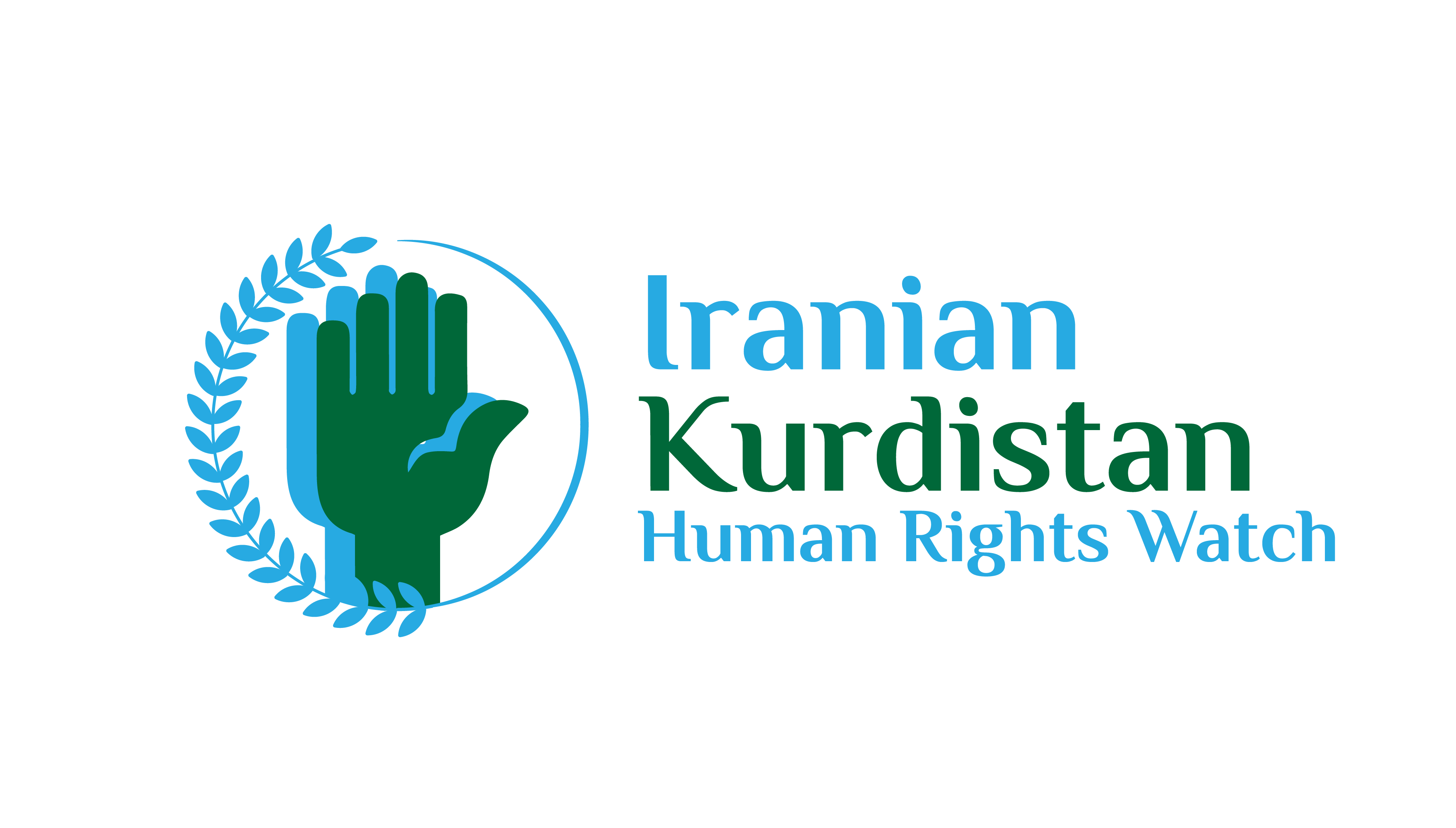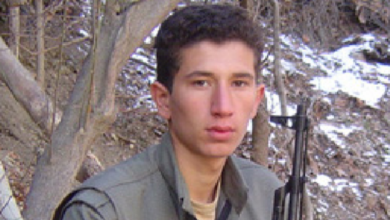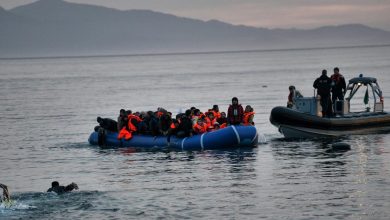Looking back on the past two hundred years of history, the Kurds can easily see the same problem repeatedly: uprising and war, defeat, betrayal, devastation, displacement. In the twentieth century, the two attributes of trusting in Western countries and eventually abandonment can be added to this vicious circle. This problem is most evident in the twentieth century and unfortunately continues in the 21st century. The most striking example is the confidence of the Kurds in the United States, which was revealed to everyone by Donald Trump’s quirky instructions on Twitter and giving the green light to Turkey to pursue a policy of ethnic cleansing that is still going on.
In Turkey, Sheikh Saeed Piran relied on British backing for about ten months, but as soon as Turkey accepted the new British-administered Iraq over Mosul and Kirkuk, Britain withdrew and the Sheikh and his companions were executed inhumanely. And even their burial place has not yet been announced. In Iraq, the stories of Saddam Hussein, Halabja and Anfal are familiar to everyone.
Kurds must stop armed conflict and start cultural approaches
It may be said that the above facts were in the context of their own time and circumstances and therefore justified to themselves and are part of history and cannot be reversed or hindered or redirected. But at least one can avoid repeating the same thing by reading history because we know that in each case – not a few of them – there are heavy losses on the Kurdish community’s composition and sometimes irreparable: Halabja, Anfal … It is for the Kurds to abandon a method that not only has not succeeded for at least two centuries, but also has caused enormous losses to the Kurdish community.
Gun can never solve problems but pen can do better
If yesterday’s relying on light weapons could even force Saddam’s army to defeat the Hendrin Mountains, it would not be possible to counter the current NATO’s advanced weapons in the Turkish army today, as it was in Afrin, Giresipi and Serekaniye. By examining the current world community and the criteria governing it, an appropriate tool should be taken and the traditional method must stop. That is, the change from armed confrontation to cultural interaction. Armed opposition and cultural exchange are opposite. As it is clear from the titles of both approaches, one tries to eliminate the other and naturally weakens the weak side in the armed approach but for the cultural exchange, the two sides legitimize each other’s engagement and pave the way for reinforcing each other in order to promote peace and harmony, provide stability and security issued from the pen not the gun.






